The Mystery and Prestige of Dzi Beads
Dzi beads, sometimes referred to as gzi beads, are some of the most intriguing and highly coveted items in the jewelry and antiquities field. These small, tubular or oval-shaped beads are not simply ornamental decorations; rather, they represent centuries of background, spiritual significance, and cultural value in Tibetan and Himalayan culture. Typically handed down from one generation to another, these beads have a dual significance to wearers: they are viewed as talismans believed to bring good luck, protection, and wealth to the user.
A major defining quality of Dzi beads is their enigmatic origin. Some scholars assert they come from the Indus Valley Civilization a period that lasted from about 2000–1000 BCE. Others may say that these beads originated in ancient Tibet or Persia. No matter their true origin, the one fact that is universally accepted, regardless of origins, is that they are indeed rare and an item of value that has increased over time. Ancient beads that are authentic and contain extensive designs can command thousands to millions on the collector market.
So why are Dzi beads so expensive? Is it the scarcity of the beads that justifies the price? Is it the lore surrounding the spirituality of the beads, or is it the artistic rendering of the beads? Here we will dive into the history, design, significance, and market to better understand price association with Dzi beads.
The Enigmatic Origins of Dzi Beads
The precise history of these ritual beads is uncertain, and various theories and legends seek to pinpoint their origins.
Ancient Beginnings in the Indus Valley Civilization
Some academics believe Dzi beads date as far back as the Indus Valley Civilization (c. 2000 to 1000 BCE). There have been excavated artifacts in the area that appear similar to Dzi beads, suggesting handcrafting and patterned usage of agate beads existed at this time.
Tibetan Legends and Folklore
According to Tibetan folklore, these revered beads are not manufactured items, but rather celestial gifts. Some say they were dropped from the sky as a blessing from the deities, while others believe the enlightened beings, like bodhisattvas, created them for generosity and protection.

With these beliefs, Tibetans have long held on to these beads as powerful talismans. There are also beliefs among the Tibetans that ancient monks or lamas transmitted protective energy into the beads through their secret ritual practices. Regardless of the actual origins of the beads, the culture of Tibet has preserved and honed the mystical artifacts into symbols of protection, prosperity, and an indicator of enlightenment.
Types of Dzi Beads and Their Meanings
Dzi beads present themselves with different designs which contain distinctive patterns that symbolize various meanings. The Tibetan spiritual meaning of the beads relies on the number of circular motifs or "eyes" present on its surface. There are several recognized types of these beads which include:
One-Eyed Dzi Bead
-
Symbolizes wisdom, focus, and clarity.
-
People commonly use these beads for their search of enlightenment among monks and scholars.
Two-Eyed Dzi Bead
-
Represents harmony and balanced relationships.
-
Tibetan culture holds two-Eyed Dzi beads as symbols which bring power to marital unions.
Three-Eyed Dzi Bead
-
Associated with wealth and prosperity.
-
Tibetan belief describes Kubera as the manifestation of the Tibetan wealth deity through this type of bead.
Nine-Eyed Dzi Bead
-
One of the most powerful and rarest among the beads.
-
A Dzi bead with nine eyes represents all dimensions of success together with safety, wellness, good luck and secure protection.
Tiger-Tooth Dzi Bead
-
The bead displays a tiger-like tooth appearance which represents the qualities of having strength and courage.
-
These beads served both warriors in the battlefield and those who wanted to empower themselves.
Lotus Dzi Bead
-
This type of bead brings spiritual enlightenment together with spiritual purity.
-
Helps the wearer overcome obstacles and negativity.
Wave Pattern Dzi Bead
-
The Wave Pattern Bead embodies eternal life processes alongside the capacity of enduring challenges.
-
This ceramic bead functions as a tool to assist people in dealing with obstacles and sustaining equilibrium.
The Intricate Craftsmanship and Symbolism
Beyond originating from unknown sources, these alluring beads win people through their complex patterns along with their meaningful symbolism.
Materials and Manufacturing Techniques
The core material used to make Dzi beads consists of agate which belongs to the chalcedony collection because this mineral demonstrates sturdiness and aesthetically pleasing characteristics. Traditional craft creators employ numerous precise techniques for making these beads through their production method including:
-
Etching: Natural materials win the job of creating engraved patterns which decorate the surface of the bead.
-
Dyeing: The bead receives plant-based natural coloring treatment during the dyeing process for color transformation.
-
Polishing: Achieving a smooth, glossy finish through meticulous polishing methods.
The manual production processes used for bead manufacturing establish the one-of-a-kind character and elevated worth of each bead.
Symbolic Patterns and Their Meanings

(Photo Courtesy Of WikiMedia)
The patterns on Dzi beads represent distinct meanings which are present through their decorative elements:
-
Eyes: The main motif on these beads consists of eyes which range from single to twenty-one instances. The individual numbers on beads possess specific meanings as one eye indicates shielding against bad energy whereas three eyes signify good health and success along with extended life span.
-
Stripes and Waves: Density of lines and undulations within beads symbolize perpetuity of the universe joined by spiritual connection. People associate these designs with increasing meditation focus together with strengthening intuitive abilities.
-
Triangles and Diamonds: Triangles together with Diamonds represent strength-based protection along with spiritual development because they provide dual empowerment for the wearer in their quest to grow spiritually.
Rarity and Authenticity
Ancient vs. Modern Dzi Beads
Modern-day beads maintain rarity because they spread from person to person across multiple generations. Due to their completion date and age, these beads tend to command high prices from collectors. Modern replicas which are easily available lack the fundamental historical and spiritual value therefore affecting their market worth.
Challenges in Verification
The process of authenticating these sacred beads requires checking their material content and examining both making techniques and visible signs of aging. The market value of genuine agate beads goes up due to the large number of fake copies while their authentic authentication requires skilled evaluation.
Factors Contributing to the High Value of Dzi Beads
The market values these beads very highly due to these following factors:
Age and Authenticity
The market value is so high for these holy beads because of their age and importance. Ancient beads are unique, made with techniques of their time, which are difficult to recreate with modern methods. Access to artisans and raw materials limits the production of original beads, which greatly adds to their worth. Because of this, original pieces are much more valuable than newer, modern reproductions.
Price has lots of value based on authenticity. Original agate beads will show signs of natural weathering, along with cinnabar dots, which are various red or black speckles that form after centuries of weathering which can cause discoloration over time and confirmations of beads made in ancient times. They also have wear from being passed down through time, showing evidence that they were handcrafted with primitive tools, giving them a unique quality that cannot match modern technology used to make new beads. As a result, the combination of the authenticity and wear adds to their value as well.
Pattern and Symbolism
The quantity and intricacy of eye patterns can contribute significantly to the value of these sacred beads. Generally, beads with more eyes are considered to be more powerful and auspicious, with each eye representing different qualities, including protection, wealth, and long life. Because of their elevated spiritual significance, rare nine-eyed beads hold the most justifiable value.
Design patterns are also correlated to value. Lotus patterns represent purity, transformation, and the ability to conquer obstacles, while tiger tooth beads symbolize strength and protection. In Tibetan culture, these beads are more than ornaments; they hold deeply spiritual meaning. Beads' symbolic powers often make them highly desired objects, elevating their market price beyond a materialistic or tangible value.
Material Quality and Craftsmanship
Agate, a strong and beautiful variety of chalcedony, is the primary material used in these respected beads. There is a wide range of colors found in agate, with colors from clear whites to vivid reds and greens, and some hues of blue. The range of colors is due to variations in the mineral content and the beads may contain unique banding or translucency. Agate's incredible durability is a reason why artisans find it valuable for crafting and for many years it has been cherished not only for its aesthetics, but also for its durability, making it a perfect material to use for beads. The better the quality, the fewer imperfections there will be in the agate, and the greater the transparency, the more it would be valued. A bead that is flawless agate symbolizes perfection in its construction and in nature's inherent beauty.

In addition to the type and quality of the agate, the type of craftsmanship and abilities of the bead maker is an essential consideration in valuing the bead. While beadmakers in ancient times were limited to rudimentary hand tools, their attention to detail, craftsmanship and precision are simply amazing. Each bead would have been carved, engraved and polished by hand to shape rough stones into functional, intricate craft objects. Creating a bead with precise geometry and a smooth, symmetrical surface is a culmination of both the makers skill and effort, and this is evident in the quality of each bead. While these artisans were making these beads as functional objects, they were also creating art. Since their creation, the value of the craftsmanship has increased significantly. A collector today seeks and values beads that have a clear design and were well made to connect them with a specific period. These beads also represent important aspects of artistic and spiritual practices in ancient Tibetan culture. Beyond the quality of the agate, the degree of craftsmanship displayed in making the bead will continue to provide value as both spiritual pieces and collectible items.
Provenance and Historical Ownership
The provenance, or ownership history, affects the worth of these sacred beads considerably. Sacred beads that were previously owned by a renowned religious figure, such as a Tibetan monk or spiritual leader, would provide an esteem and higher market value. When provenance can be provided, their ownership history places them in these historical moments, generating perceived spiritual and cultural value.
Beads with verified provenance—especially those that could connect to Tibetan nobility or ruling class figures—are highly regarded by multidimensional collectors and spiritual practitioners alike. Provenanced beads embody both sacred relics and cultural junctures that help preserve Tibetan heritage, and they are valuable actively within the marketplace.
Spiritual and Healing Properties
In Tibetan tradition, Dzi beads are significant accoutrements that serve as talismans to protect wearers from undesirable energy and misfortune. The price they can fetch in the market often reflects their perceived value as spiritual objects--for example, the nine-eyed bead displays one of the most auspicious patterns which in Tibetan tradition, is supposed to offer health, protection, and prosperity. Many Tibetan Buddhists believe these beads also have transformative and healing properties that help restore emotional equilibrium and mental clarity.
They are more than just beautiful objects; they are useful and respected articles to spiritually empower and enrich lives. Their ability to bring about blessings, wealth, and good fortune fuels their importance and popularity and reflects as increases in commercial value, a quality especially coveted by collectors and believers.
Market Demand and Rarity

The high market value of authentic Dzi beads is primarily due to their extreme rarity. Unlike historical artifacts, which have often been found in greater quantities than Dzi beads, they are among the rarest collectible artifacts. Many Dzi beads that were made hundreds of years ago have been lost or remain in private collections, making their availability on the market extremely limited. This scarcity raises their value significantly, because collectors, historians, and others who use Dzi beads spiritually or for other purposes will pay considerable prices to acquire a piece of history. The fact that Dzi beads are artifacts that have survived centuries adds to their prestige, making them extremely desirable to collectors for their spiritual and financial benefits.
Furthermore, a growing global fascination and demand for Tibetan spirituality and cultural heritage has added to the growing interest in and market for Dzi beads. More people are becoming interested in spiritual aspects of Eastern philosophies, meditation, and energy healing, and Dzi beads have gained recognition beyond Tibet for the potential to attract collectors, religious practitioners, and speculating investors. The increased demand and limited supply have driven prices higher. Certain of the most desirable Dzi beads—those that are thought to be “museum-quality” and proved to have provenance—are selling for hundreds of thousands or even millions of dollars. Their dual role, as both spiritual amulets and investment pieces, guarantees that their market value will continue to rise.
Conclusion
Dzi beads serve as more than decorative objects since they enable viewers to experience a breathtaking representation of historical customs that unite sacred religions with encrypted secrets. Human beings continue to transmit Dzi beads as they harbor wisdom that has accumulated throughout thousands of years. The intrinsic worth of Dzi beads extends further than recognized abilities and spiritual capacities due to their ability to narrate historical tales. Each Dzi bead preserves past times by incorporating living energy into its intricate patterns starting from nine-eyed Dzi and progressing toward the unique tiger-tooth designs. Holding a Dzi bead means you possess more than a mere physical object since it carries both venerable years of existence while protecting prosperity alongside enlightenment that have endured since historical times.
After their notable historical significance Dzi beads maintain active magical functions. Timeless desirables since the beginning of many centuries the Dzi beads have drawn collectors through their historical significance while maintaining dual religious symbolism. Those Dzi beads that have belonged to Tibetan monks or noble families achieve superior value thanks to their remarkable historical associations. Common interests between global Tibetan culture aficionados and interested devotees of spiritual practices force prices of Tibetan artefacts to reach record-breaking heights. The transformation of Dzi beads goes beyond magic talismans to develop into important historical artifacts that boost their financial worth while increasing their meaning as investment pieces. These beads maintain great worth because each carries important knowledge related to deep mysteries.





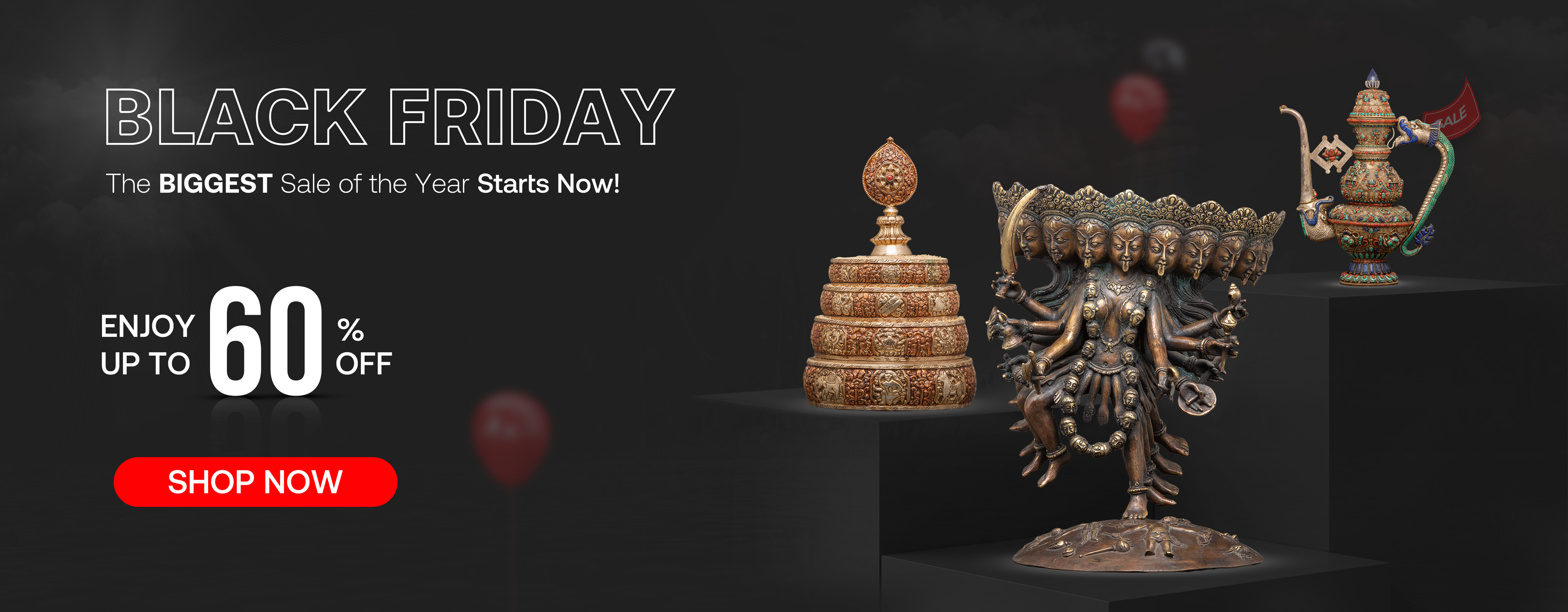




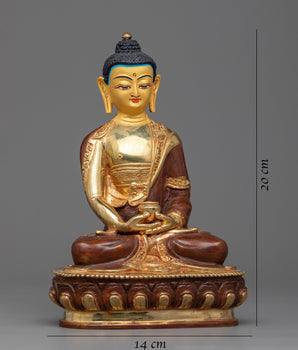
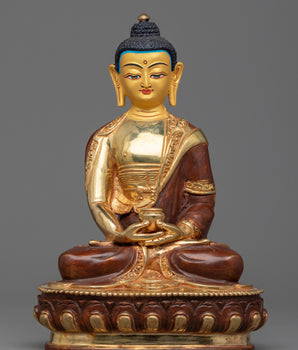


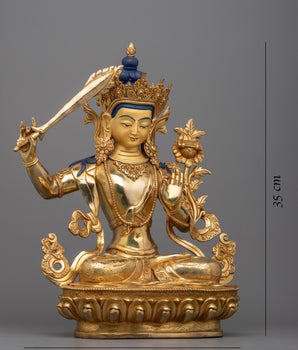
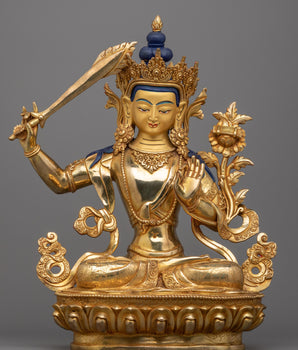
I am willing to sale my Dzi bead
Type shiii